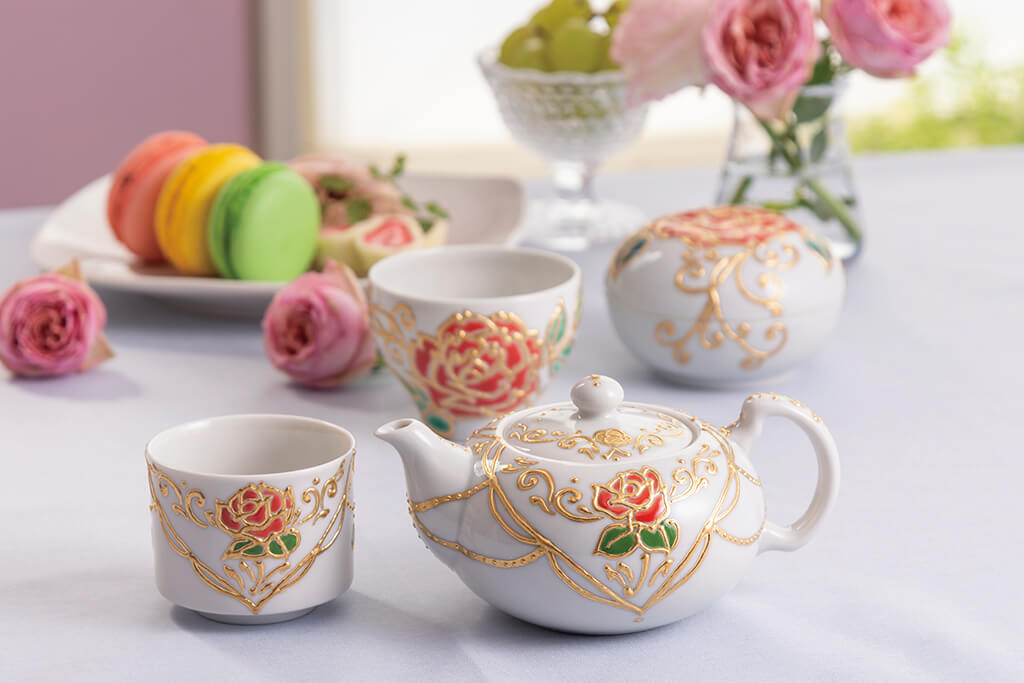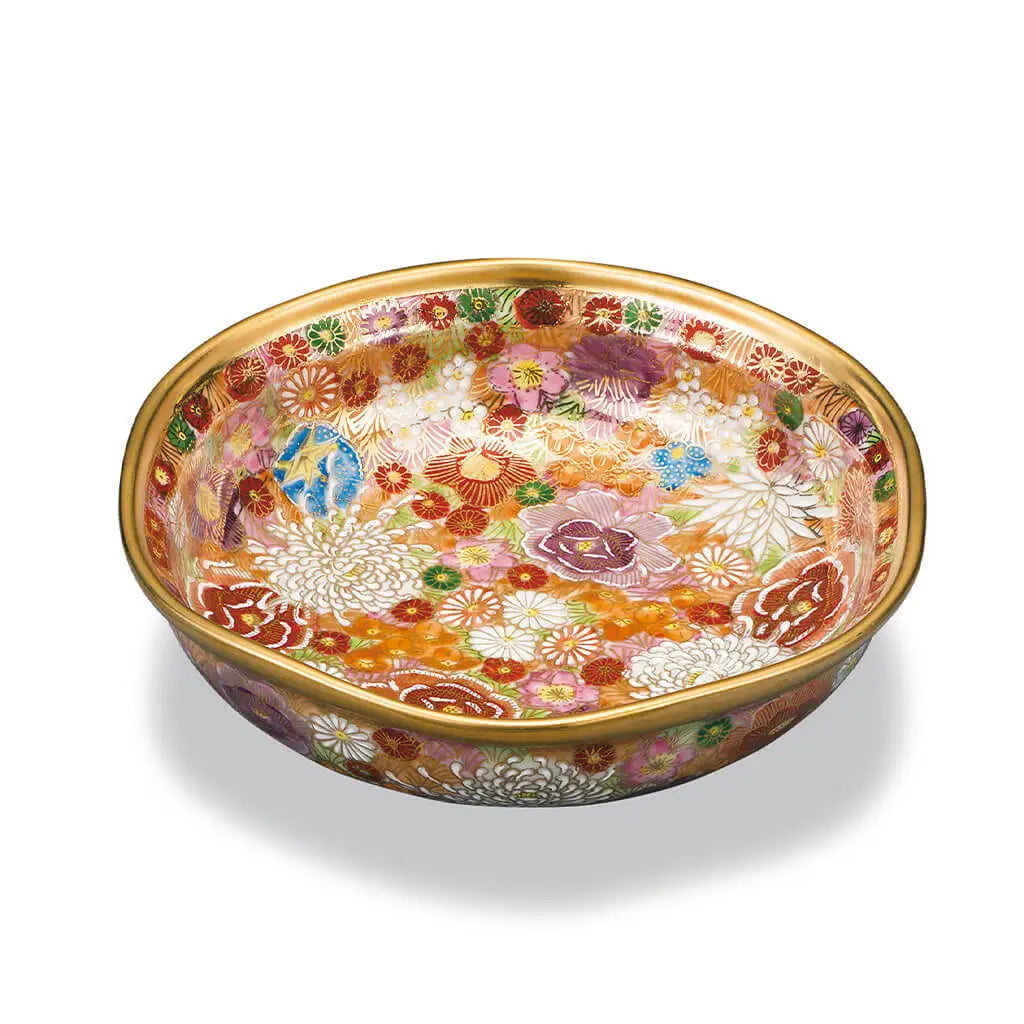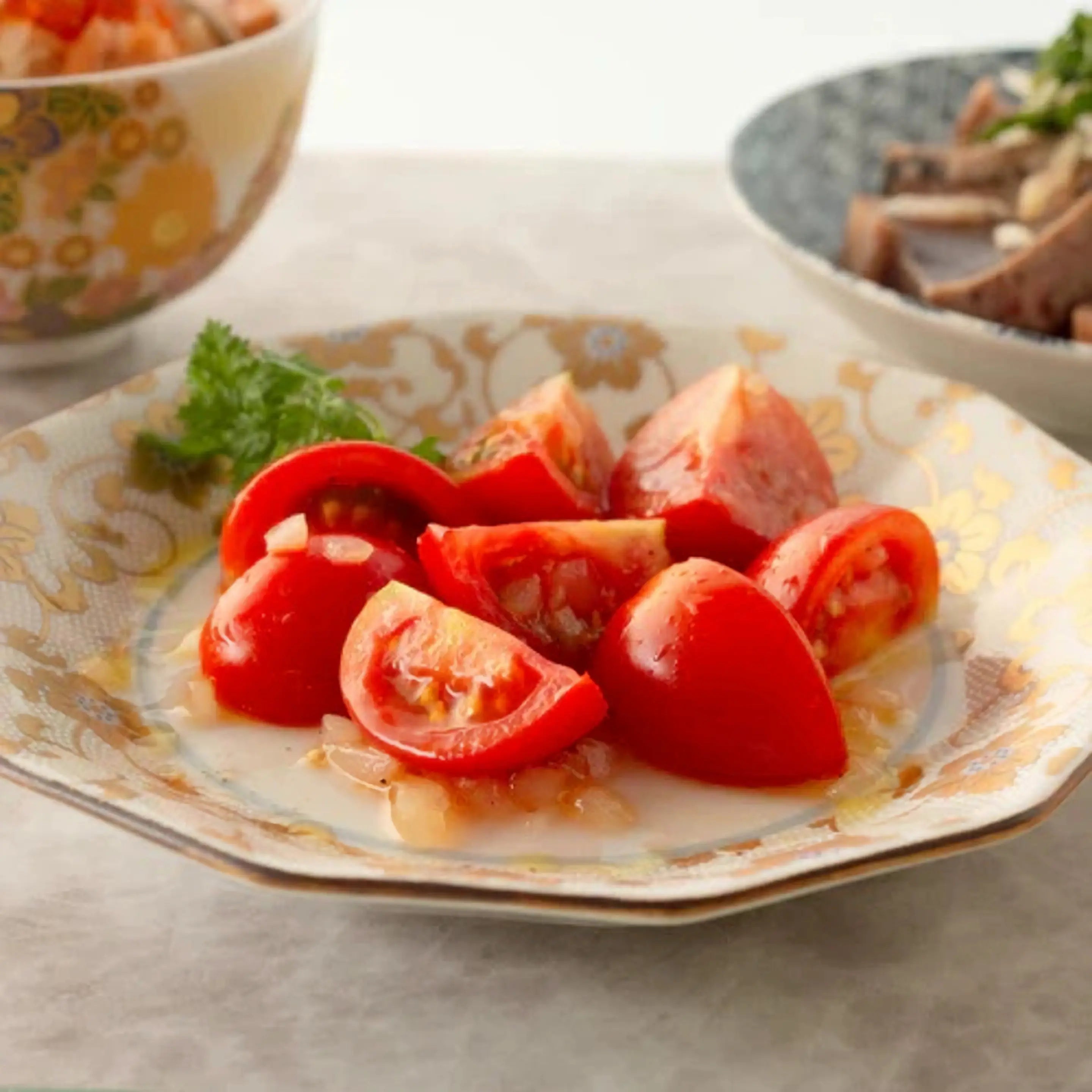The plump and rounded form. The warm texture of ceramics. The patterns carefully hand-painted one by one are also beautiful. This “Ippuku Bowl” is indispensable when talking about Kokuzo-kiln.
"Ippuku bowls have been a product since the early days when the kiln was established by the previous generation," says Takahiro Ichida, the representative of Kyokuzou-kiln.
Ippuku Bowl is a ceramic = earthenware. Does that mean you have been making earthenware since the establishment of the kiln? - "Yes, I have heard that the main production method was to make earthenware. The idea of my predecessor was to create warmth that only handmade ceramics can offer, which cannot be found in ready-made products. I think that earthenware, rather than porcelain, which is the mainstream of Kutani ware, suited the image of what my predecessor wanted to produce. This continues to this day, and it is what makes Kokuzou-kiln what it is today."
Certainly, the earthenware and handmade style of Kokuzou-kiln pottery is unique even among Kutani ware. And Ippuku Bowl is still one of the main products, isn't it? - "It is a long-selling product of Kokuzou-kiln. At the time of the previous generation, there were about 300 kinds of Ippuku Bowls alone. We did all the work of making the base material and hand-painting the bowls...I wonder how we used to make them, considering the scale of our kiln. Now, for Ippuku Bowl and small Ippuku Bowl, we have about 50 varieties, focusing on the most popular patterns.
Have the shapes and designs remained the same since the company's founding?
"The shape has evolved over time as we have listened to the feedback of our customers and others. We handle everything from making the base to painting in our own kiln, so we are able to be flexible and adapt to the needs of the time, which is one of our strengths. The patterns have changed over the years, but we still have Ippuku bowls with the same patterns as when the kiln was founded. The Kozome Tsubaki (Japanese camellia) is one example."
When placing the Ippuku Bowl and the small Ippuku Bowl side by side, I realized that making several pieces of the same shape and painting the same pattern on them in the same way may seem simple, but it is actually very difficult and requires a lot of skill. I take my hat off to the skill of all the potters and painters.






















